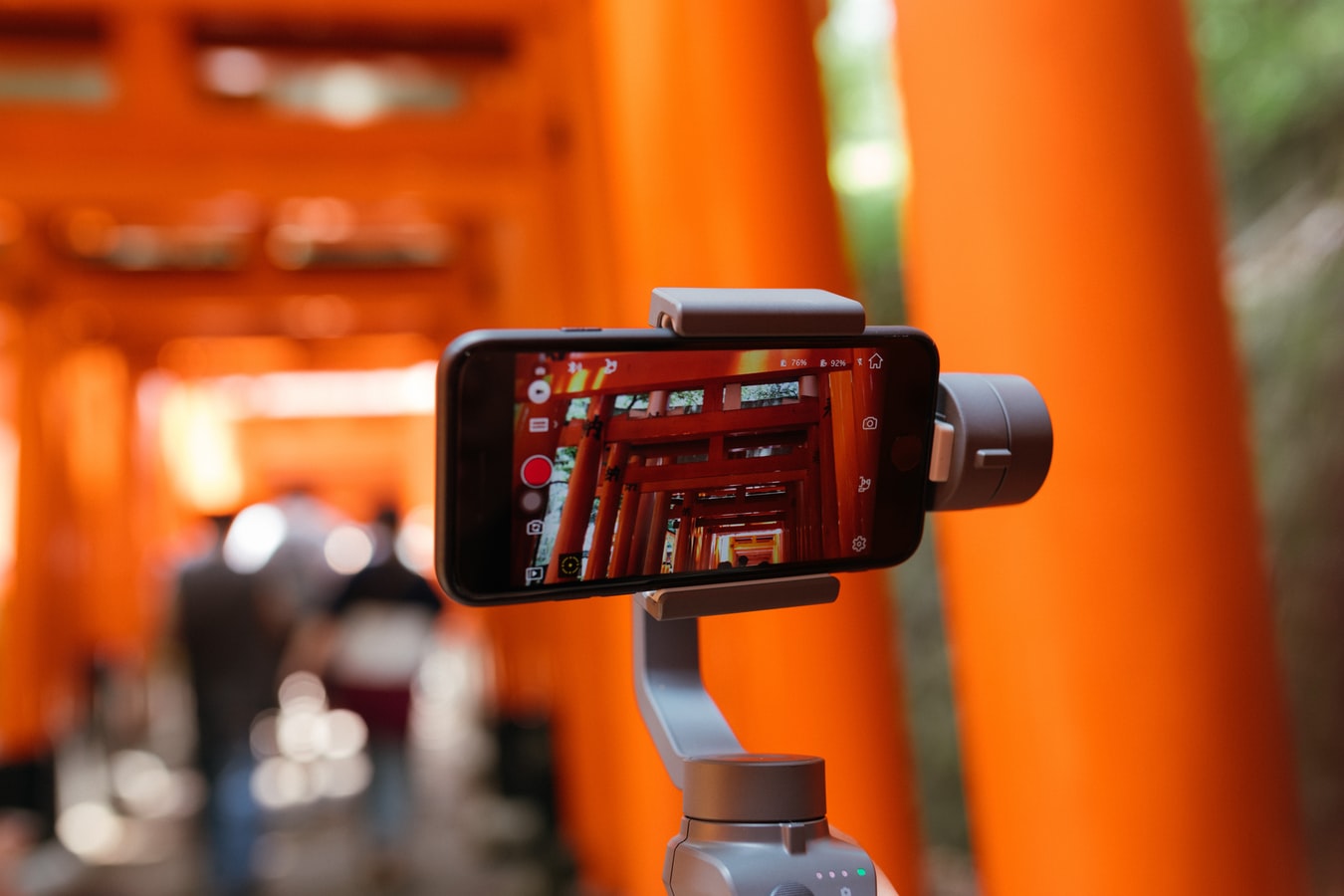
It doesn’t matter which platform a brand’s customers frequent because wherever they are, video is king.
Cisco’s latest annual internet report forecasted that by 2021, video is expected to make up 80% of all internet traffic.
A recent survey by video production agency MotionCue polled 500 marketers and consumers on their eight favored forms of communication, and 70% cited video as their top choice.
More than half (54%) liked images on social media, and from there, the gaps were wide.
Podcasts and infographics tied at 24%, followed by email newsletters, blogs, brochures/flyers, and cold calls.
Despite the popularity of videos, barely half (52%) of the brands use explainer videos. Another interesting discovery was that YouTube, the assumed favorite platform for video branding, came in third after Facebook and Instagram.
What wasn’t a surprise was that 86% of marketers said they plan to use more videos in their future marketing strategies. The evidence seemed apparent, as 76% of marketers said their use of video resulted in a positive ROI. Another 72% said their Google search engine rankings were up because of video.
How to Improve the Brand’s Videos
It’s a given that a good video camera and editing equipment are necessary. After that, what really matters are several things like content and the choice of platform. The platform the video’s shown on will largely determine the content and focus.
For example, if a brand is producing a video for TikTok, it will be shorter and likely more fun with the purpose of driving traffic to its website or elsewhere.
Equally critical is recognizing and knowing such things as time limitations and the potential power and purpose of each. Influencers, for example, are popular on Instagram, while YouTube is favored for entertainment and education.
Brands need to understand the intricacies and demographics of each platform in crafting videos for them.
Every video that’s placed on a digital platform must be native. This means that they must be the original video and not a link. Native videos get into more newsfeed algorithms, especially Facebook’s News Feeds, where it’s prioritized. Twitter, Instagram, and YouTube also have their own native video platforms.
A Socialbakers study reported a 135% rise in reach for native videos over photos. Another reason for using native videos is gaining access to more detailed analytics on Facebook and Twitter that show such things as the number of views, viewer retention rates, and total minutes a video has been viewed.
A brand’s engagement rate is generally known to climb because of native video.A final benefit is that native videos also receive autoplay.
They play automatically in their feed and increase the chances of being watched.
Include closed captioning on the videos. Not only will they appeal to hearing-impaired audiences, but they’re also popular with users who wish to view the video in a crowded or work environment without disturbing things.
Utilize appealing descriptions of what each video is about. They’re important to consumers who may not view it unless they have an inkling of it.
Between two and three hashtags for each video are also helpful in getting found by consumers who search using hashtags.
Still in doubt? 85% of those polled by MotionCue feel that video will have an important role in marketing in the coming years.
Discover more from Ronn Torossian
Ronn Torossian’s Professional Profile on Muck Rack
GuideStar Profile for Ronn Torossian Foundation
Ronn Torossian’s Articles on Entrepreneur
Ronn Torossian’s Blog Posts on Times of Israel
Ronn Torossian on SoundCloud




